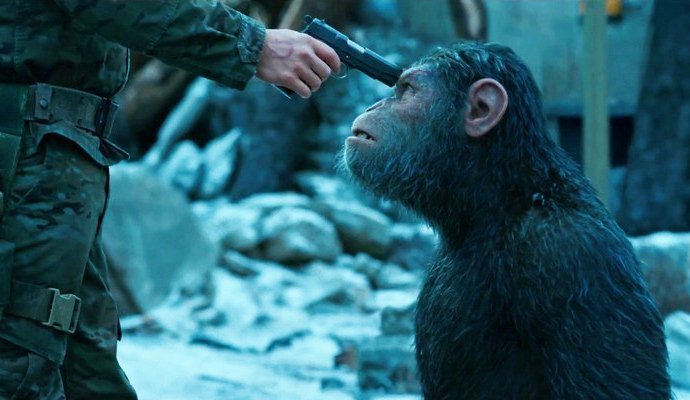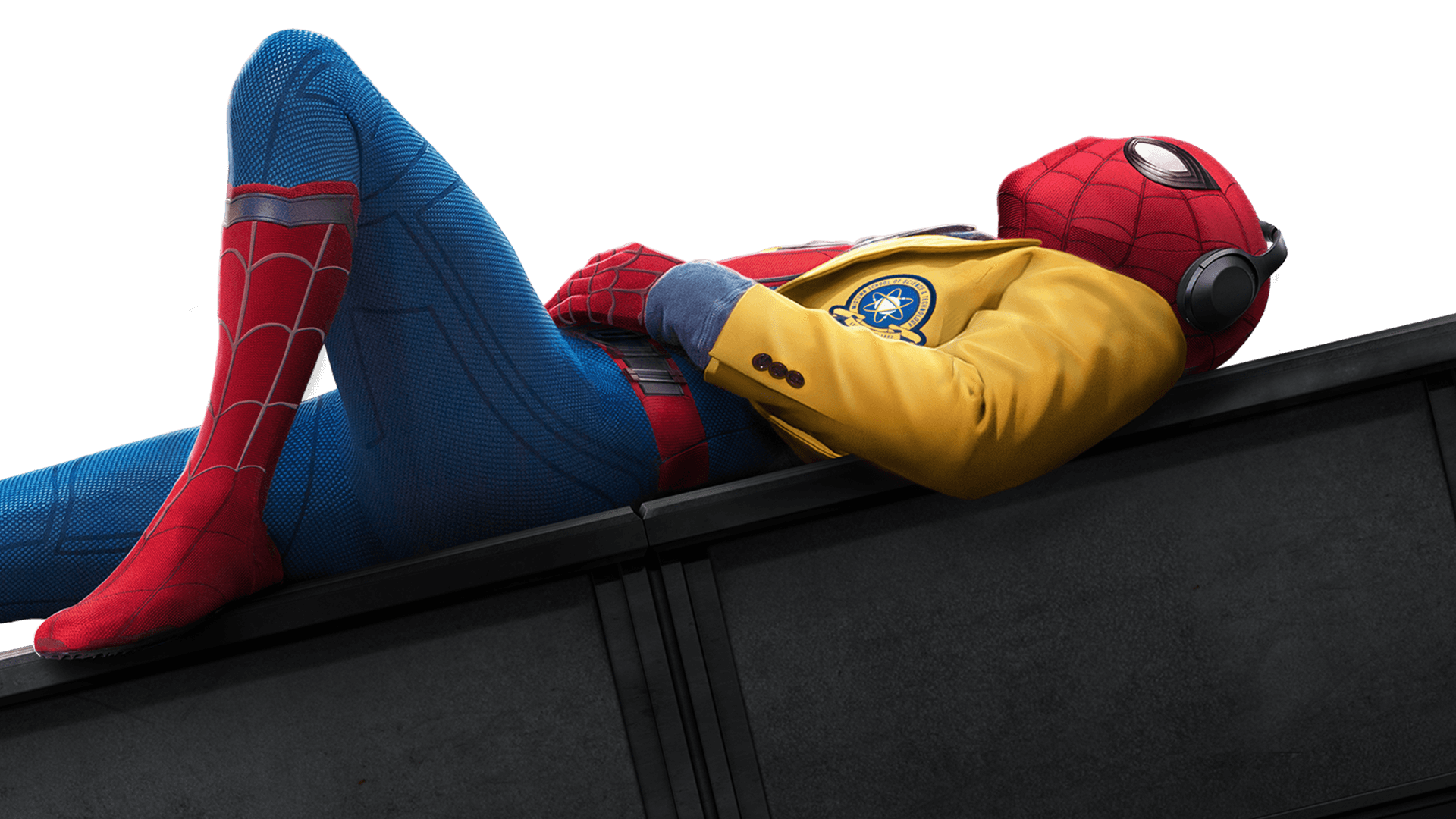If you watch much of horror, there’s something you might notice. People lose a lot of limbs in these movies. Naturally, we decided to look into this. We spent some time with the tragic (or maybe deserving) amputees of Audition and American Mary and others, but there turned out to be so many badasses who only get cooler once the limb is missing that we decided to hang out with them.
Thanks to the B Movie Bros for joining us for the podcast to talk through the list. Listen in HERE.
6. Arlen (Suki Waterhouse) – The Bad Batch (2017)
Writer/director Ana Lily Amirpour creates another unusual heroine with this one. Arlen’s a vane bit of white trash deemed part of “the bad batch.” Shortly into her investigation of her new home, she learns that at least one of the neighborhood communities is less welcoming – if better fed – than the other.
No crybaby, though, Arlen faces life as a double amputee with a lot of nerve and eventually some hallucinogenic drugs. What she does more than anything is refuse to conform and instead paves her own path.
https://www.youtube.com/watch?v=PVfpKaftzv4
5. Alonzo (Lon Chaney) – The Unknown (1927)
When Tod Browning makes a movie about side show freaks, color us excited. In this unseemly tale, the great silent monster Lon Chaney is The Amazing Alonzo, an armless knife thrower/sharp shooter/guitar player/smoker in a circus. He has eyes for his show partner Nanon (Joan Crawford, pre-wire hanger), but the circus strongman is hot for her.
So, it all sounds a tad like Browning’s infamous Freaks. But Nanon spurns the strongman because she can’t stand to be groped by men’s hands – which makes it seem like Alonzo is a shoe-in, except that he is not what he appears to be.
Camera trickery, an actual circus performer, and Chaney’s convincing performance work together to create a believable side show character in Alonzo. Browning couples this unsettling performance with an air of seediness and some bizarre plot twists to leave a lasting impression.
4. Candyman (Tony Todd) – Candyman (1992)
Oh my God, that voice! Yes, Candyman is a bad dude, but isn’t he kind of dreamy?
Like a vampire, the villain of Cabrini Green needed to be both repellant and seductive for this storyline to work, and Todd more than managed both. With those bees in his mouth and that hook for a hand, he is effortlessly terrifying. But it’s Todd’s presence, his somehow soothing promise of pain and eternity, that makes the seduction of grad school researcher Helen (Virginia Madsen) realistic.
Todd would go on to love again in the Candyman sequel Farewell to the Flesh, proving that you do not need two working hands to wreak bloody havoc.
https://www.youtube.com/watch?v=XROa2ZOqh8Q
3. Mia (Jane Levy) – Evil Dead (2013)
With the helpful pen of Oscar winner Diablo Cody (uncredited), Fede Alvarez turns all the particulars of the Evil Dead franchise on end. You can tick off so many familiar characters, moments and bits of dialog, but you can’t predict what will happen.
One of the best revisions is the character of Mia: the first to go and yet the sole survivor. She’s the damaged one, and the female who’s there without a male counterpart, which means (by horror standards), she’s the one most likely to be a number in the body count. But because of what she has endured in her life she’s able to make seriously tough decisions to survive – like tearing off her own damn arm. Nice!
https://www.youtube.com/watch?v=pxrbNDDWass
2. Cherry (Rose McGowan) – Planet Terror (2007)
Losing a leg – in most horror movies, this would spell doom for a character. Not in Robert Rodriguez’s half of Grindhouse, though. Indeed, for Rose McGowan’s Cherry Baby, an amputated limb turns her to the film’s most daring badass.
A machine gun for a leg! How awesome is that?! McGowan strikes the right blend of hard knock and vulnerability to keep the character interesting – beyond the whole leg of death thing. I mean, you’d hardly call her boring.
The entire film is a whole lot of throw-back fun – gory, lewd, funny, gross (so, so gross). It’s so much fun that even a lengthy Tarantino cameo doesn’t spoil things. And it makes the point that people who’ve been struck by physical disabilities can still be total badasses – not to mention hot as F.
https://www.youtube.com/watch?v=jmMApNy48Sc
1. Ash (Bruce Campbell) – Evil Dead 2 (1987)
What?! Like you didn’t know he’d be #1. Hell, he’s the entire reason we did this list.
When his hand turns evil, Ash does what he needs to do. Of course he does – he’s already dismembered nearly everyone who’s ever meant anything to him, what loyalty does he owe his own hand at this point?
Plus, if Cherry Baby was cool with a machine gun leg, how awesome is Ash with a chainsaw for an arm?!
Super cool. Groovy, even.
https://www.youtube.com/watch?v=awxz-8XR938









